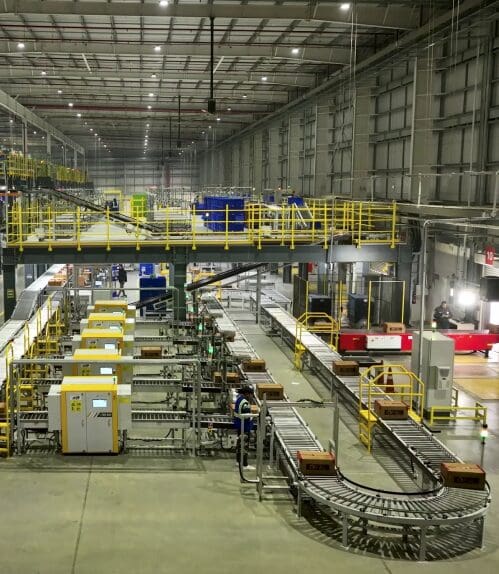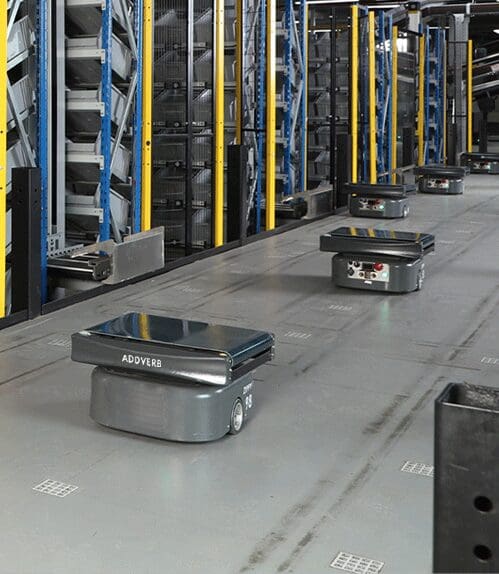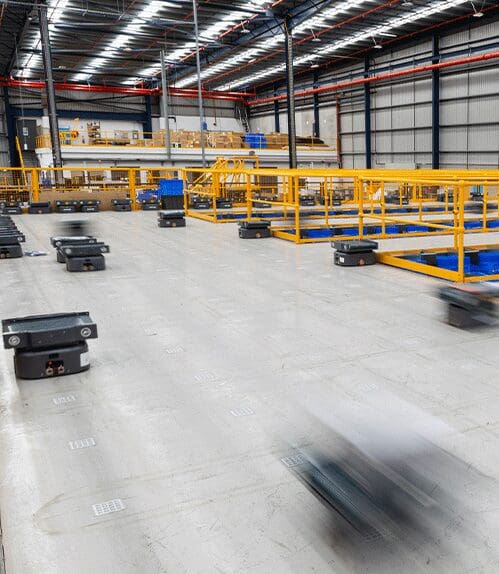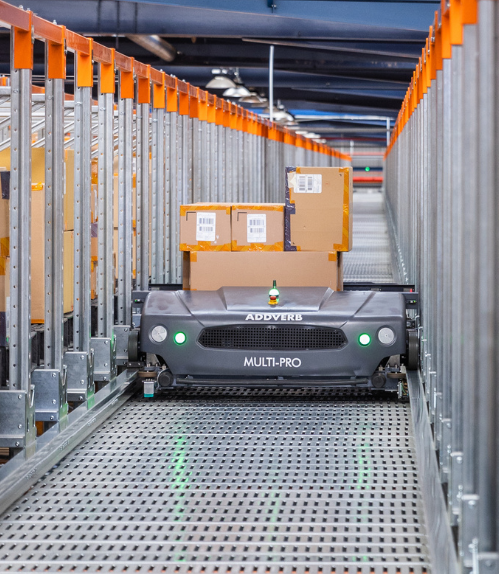Table of Contents
In today’s fast-paced logistics world, warehouse optimisation isn’t just about making things faster, it’s about making them smarter, scalable, and aligned with business goals.
As warehouses evolve from static storage spaces to dynamic fulfilment hubs, traditional strategies that focus only on local efficiencies, like faster picking or high-speed conveyor, no longer cut it. The new age of warehousing demands a holistic approach: one that balances micro-level improvements with macro-level visibility and coordination.
Whether you’re running a 3PL operation, an e-commerce fulfilment centre, or an in-house distribution hub, the challenge remains the same – how do you optimise your warehouse without creating inefficiencies elsewhere? Let’s dive into four powerful ways to strike this balance, inspired from Addverb’s whitepaper titled “Metrics That Matter“
Don’t Just Digitise, Synchronise
Many warehouses believe they’ve taken the first leap toward optimisation by ditching paperwork in favour of digital systems. But digitisation alone is not optimisation. Simply moving from clipboards to screens without achieving real-time coordination between warehouse functions is like upgrading from a flip phone to a smartphone and never connecting it to Wi-Fi.

True warehouse optimisation requires synchronisation — aligning your Warehouse Management System (WMS), Warehouse Execution System (WES), and Fleet Management System (FMS) to ensure that all processes — from inbound to outbound — work together, not in silos.
For example, Addverb’s integrated software suite allows for seamless task orchestration across picking, sortation, AMRs, ASRS, and even dock scheduling. This ensures that the warehouse activities don’t just happen ‘faster’ but happen in the right sequence, with the right resources, at the right time.
Prioritise Global Optimisation Over Local Wins
It’s easy to be blinded by the illusion of efficiency. Your picking zone may be operating at peak efficiency, your mobile robots might be achieving optimal cycle times. But if the stored pallets are congesting the docks or replenishment process can’t keep up, those local wins become global bottlenecks.

Global and Local Optimisation
That’s because warehouse optimisation is not about improving metrics in silos, it’s about improving performance of the whole system in place. When one part of your system is over optimised at the expense of another, imbalances are created which further makes way for frictions and delays.
This is why global optimization must take precedence. Some warehouses boast crane speeds and minimal machine downtime, but still under-perform due to poor scheduling or order prioritisation. Local performance metrics, when misaligned with global KPIs, offer a false sense of progress.
Make Your Systems Adaptive, Not Just Automated
Automation is no longer a luxury — it’s a necessity. But the next evolution in warehouse optimisation lies in adaptive automation, which means giving your software the intelligence to respond to real-time changes, whether it’s a spike in order volumes, a delayed truck, or SKU velocity shifts. More on this by Distribution Strategy Group.
This goes beyond programming a robot to do a task. It’s about letting the system dynamically reassign tasks, re-route AMRs, re-slot inventory, and adjust picking logic on the go.
Addverb’s robust software suite (WMS, WES, WCS, FMS) uses AI-driven analytics to manage such scenarios in real time. For instance, it doesn’t just optimise a robot’s route, it ensures the robots are deployed based on overall warehouse needs, such as urgent outbound orders or congestion avoidance.
Design for Scalability, Not Just Speed
Faster pick rates, putaways, and order cycles make it tempting to concentrate all optimisation efforts on speed. However, without scalability, a warehouse that is optimised today could end up being a bottleneck tomorrow.
Whether it’s managing seasonal spikes, incorporating new SKUs, or introducing process improvements, scalability means your system can expand, adapt, and change. Furthermore, having software that is both modular and hardware-agnostic is just as important as having hardware.
Addverb Success Story
PepsiCo partnered with Addverb to automate processes for their new warehouse. With just 36,000 sq. ft. to work with, Addverb built a hybrid automation model using cranes, shuttle systems, and a smart software stack. The result? A throughput of 300 pallets/hour.
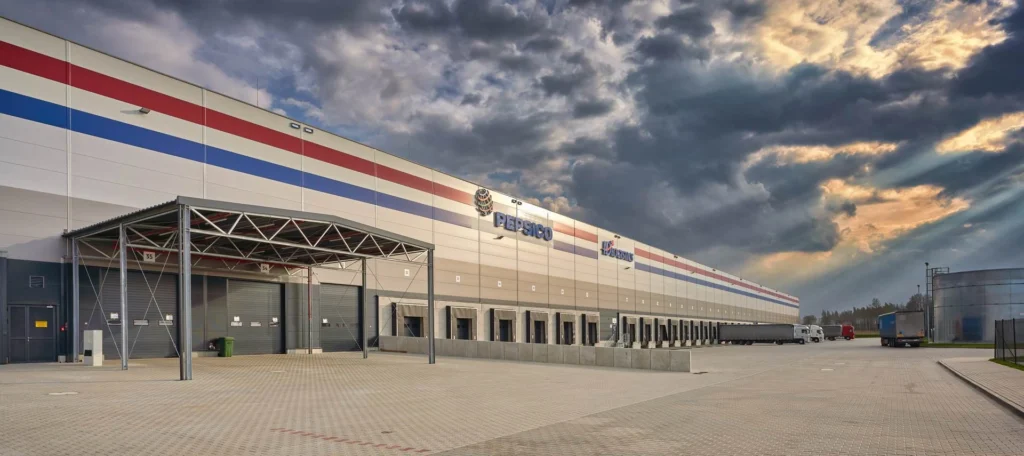
Final Thoughts
Balance is the new benchmark.
It is not sufficient to solely optimise for speed or accuracy in a highly competitive logistics environment. The true standard is equilibrium between hardware and software, local and global, humans and machines, and today’s demands and tomorrow’s expansion.
You can create a warehouse that not only works harder but also works smarter by implementing these warehouse optimisation strategies – synchronising your systems, prioritising global flow, creating adaptability, and designing for scale.


